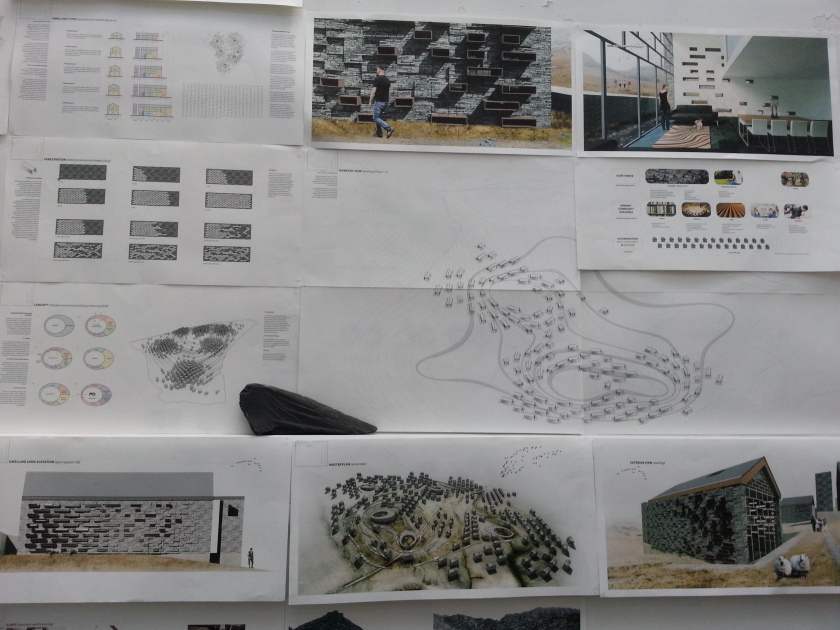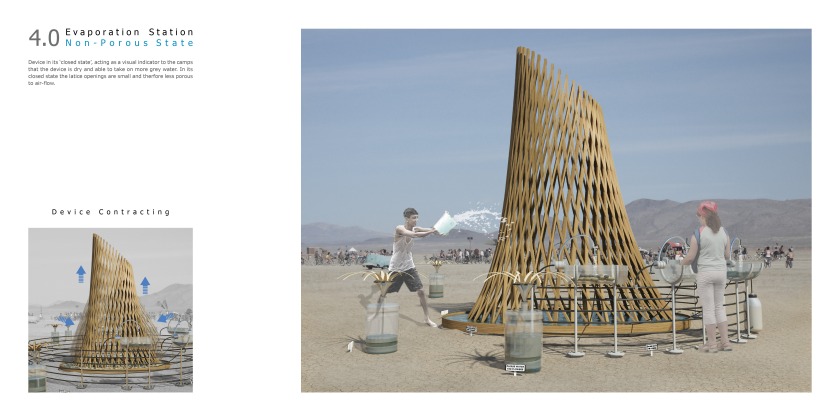Throughout this studio group we have explored natural, mathematical and physical anomalies and tried to find the hidden data within it. Everything that exists gives out some sort of sound or vibration and the process of visualising this is called Cymatics. In it’s elementary form it is is often the process of vibrating a medium such as sand or water in order the generate shapes.
The history of Cymatics originates from research into resonance by Da Vinici, Galileo and Robert Hook and then Ernest Chladini – Cladidi experimented with using a metal plate and sand to show the standing wave – or Chladini Patterns – a plate creates.
There are a multitude of other mediums that can be used to visualise sound or even generate sound from visual.
Cymatics is in it’s early days of exploration, it is a looking glass into a hidden world previously unseen and the list of scientific applications growing each day. Consider that sound has a form which you can see and that it can affect matter and cause a form within matter – now imagine the architectural applications possible.






















































